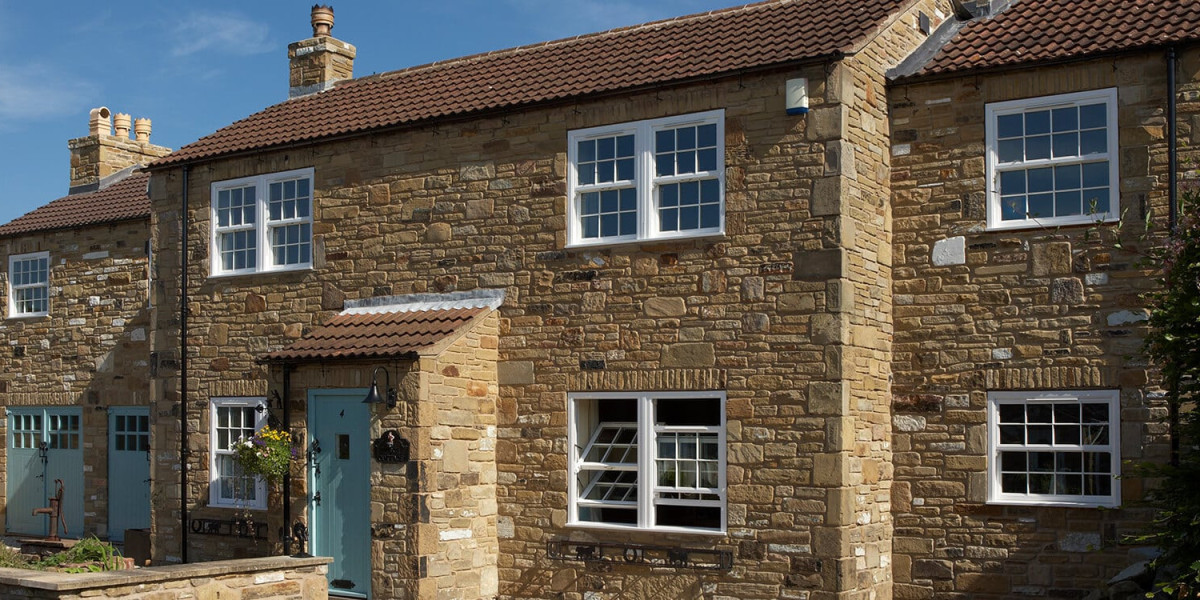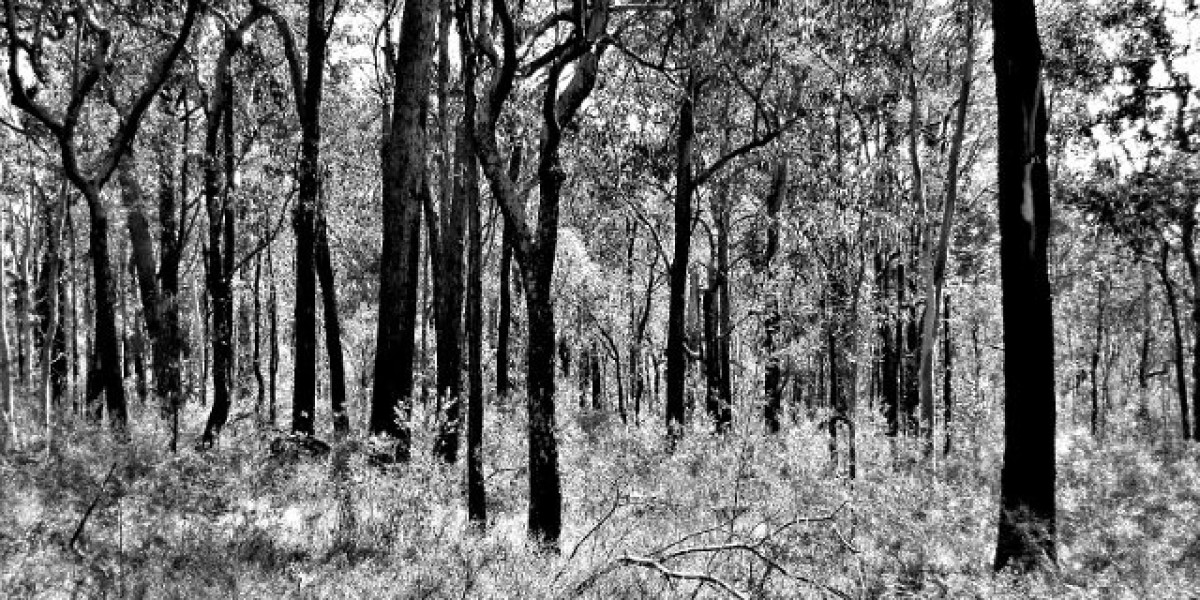Investing in whisky casks blends a touch of tradition with a structured approach. For UK readers, this guide breaks down how maturation works, what to watch for, and how to manage risk.
What maturation actually does to a whisky
Whisky maturation transforms spirit through contact with wood, time, and environment. Over months and years, flavours mellow, colour deepens, and the evaporation loss—the angel’s share—adds to the narrative of each cask. A practical example: a standard 200-litre cask might lose 2–4% per year, depending on climate and storage.
Key maturation factors to understand
Three elements shape every maturation project: the cask type, the warehouse conditions, and the initial spirit. A first-fill bourbon barrel will deliver vanilla and sweetness, while a seasoned sherry cask adds dried fruit and spice. Warehouse temperature, humidity, and airflow influence extraction and evaporation, so two identical casks in different racks can age differently.
How to structure an investment plan
A clear plan helps you measure risk and potential returns. Start with a realistic holding period, a target yield, and a budget for storage and insurance. In practice, many investors budget a few thousand pounds per cask for entry and ongoing costs.
Those drawn to craftsmanship find joy in whisky cask ownership. Each barrel tells a story shaped by distillation, climate, and time, creating a unique connection between owner and spirit.
Steps to build your plan
- Define your goal: capital growth, yield via bottling, or a mix of both.
- Set a budget and diversify across cask types and distilleries where possible.
- Choose a custody approach: in-bond storage, broker-held casks, or a dedicated maturation facility.
- Agree exit strategies: bottling at set milestones, selling the cask, or passing to a fund.
- Account for fees: entry, storage, insurance, and any sale commissions.
Two practical notes from UK buyers: ensure storage is in a licensed bonded warehouse and confirm the cask has traceable provenance with a clear bottling plan.
Practical considerations before committing
Before tying money to a cask, validate the following. Look for transparent pricing, documented cask history, and a reputable storage partner. Always compare several quotes to understand the true cost of ownership over the planned holding period.
Checklist you can use
- Provenance: distillery, cask type, fill details, and bottling intentions.
- Storage conditions: temperature bands, humidity, and security.
- Legal framework: ownership rights, insurance, and transfer processes.
- Exit options: expected liquidity, market interest, and timing.
Two tables that map the process
Tables help visualise the lifecycle from purchase to exit. The first table outlines typical costs, while the second compares maturation outcomes by cask type.
| Stage | What to expect | Typical UK terms |
|---|---|---|
| Purchase | Selecting cask, verifying provenance, agreeing terms | Entry price; VAT handling varies |
| Storage | Bonded warehousing; periodic checks | Annual storage fee; insurance often required |
| Maturation | Flavour and colour evolve; losses occur | Time is a key variable; longer may yield more depth |
| Exit | Sale, bottling, or transfer to another investor | Market liquidity varies; plan for delays |
Next, a quick snapshot helps compare outcomes across popular cask types.
| Cask Type | Profile Plenty of Tasting Notes | Expected Influence on Value |
|---|---|---|
| First-fill bourbon | Vanilla, coconut; bright and approachable | Often premium for approachable bottlings |
| Re-fill bourbon | Less aggressive, smoother spice | More stable, steady demand |
| Sherry-seasoned | Dried fruit, chocolate, nuts | Attraction for specialists; can command premium |
Risks and how to manage them
Investors face volatility in both market demand and spirit quality. Liquidity can be slower than stock or property, and bottle prices don’t always move in lockstep with cask value. Mitigate risk with diversification, conservative cost structures, and clear exit paths. A practical approach is to cap the allocation per distillery and track performance over time with simple benchmarks.
Risk management ideas
- Limit exposure to a single distillery or region.
- Set predefined bottling milestones to realise gains.
- Maintain an up-to-date inventory of cask age, condition, and expected yield.
In a real-world scenario, an investor might own three casks: a first-fill bourbon, a sherry-seasoned option, and a mixed-refill. With each, they align exit timing to preferred bottling windows and maintain flexible sales channels.
Bottom line for UK readers
Understanding the process of investment in whisky cask maturation comes down to clarity on costs, time, and provenance. By planning carefully, diversifying across cask types, and selecting trusted storage, you can navigate the journey with more confidence. It is a long game, but the rewards can be meaningful for those who treat it as a structured asset class rather than a gamble.







